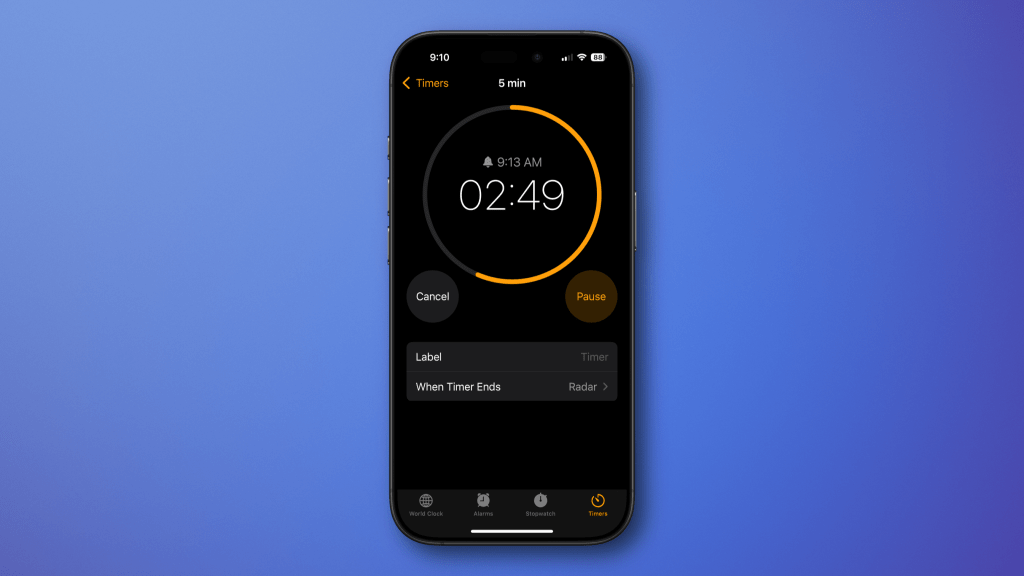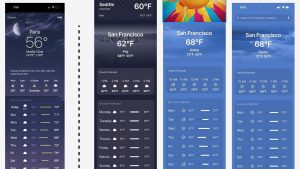
I love to use my Apple products to set timers, usually while cooking. I use my Apple Watch for this all the time, raising my messy hands up to tell Siri to start a timer. My HomePod is another favorite, for the same reason–when I’m cooking, touching my phone means getting gunk all over it.
I have a Nest Hub in the kitchen, and that’s my go-to for timers for two reasons. One, it has a display so it’s really useful to glance over and see how much time is left (a situation my Apple Watch also solves, but not easily with multiple timers going). But the other reason I like to use Google’s product to manage timers is that it offers a dead-simple, table-stakes feature that Apple still hasn’t provided after all these years: the ability to add time to a timer.
How did Apple miss this?
The year is 2018 and Apple is about to release the original HomePod. In the press tour, we’re given the rundown of its capabilities in each room of a rental house: playing music in the bedroom, triggering the kettle in the kitchen, playing music in the living room… (playing music was a big part of the pitch).
In the kitchen demo, when setting a timer, I ask about multiple-timer support. It’s something I use all the time, after all. I need to put the pasta in the water in 10 minutes, the bread will be done in 12, and the roast vegetables in 15. The Apple rep looked at me as though she was expecting the question. I got a well-prepared, PR-speak answer about how it’s “not available at this time,” which is always a fun way to say that a product doesn’t have a feature.
Apple eventually corrected this oversight in a software update about six months later, making HomePod the only Apple product with multiple timer support for five years until iOS 17 and macOS 14.2 (it didn’t even make it into the initial macOS 14 release).
I remember thinking: How does this product that’s by far more expensive than its competitors, not have this fundamental feature? Didn’t you have a bunch of Apple employees test this before release? Wouldn’t a bunch of them mention the inability to set more than one timer, and how every competing product (Alexa and Google Home products) provides this common, useful, simple feature? We all knew a smart speaker from Apple would be hamstrung by Siri’s deficiencies (it was far behind the competition in 2018), but it’s not as if setting multiple timers is reliant on AI.
I just want to add time to a timer!
Here we go again… My roast veggies have 5 minutes left on the timer, but when I check on them, they’re definitely going to need a little more time. With my Nest Hub, I can just say “Hey Google, add 4 minutes to the timer” and I’m done. With any Apple product, whether I’m using Siri or the screen, I have to either wait for the timer to finish and then start a new 4-minute timer or cancel my current timer and make a new 9-minute one.
It’s a pain, especially when I’ve got several timers going in a kitchen bustling with activity. Alexa and Google Assistant have had this figured out for years. Google even has a quick “Add one minute” button right there at the top level of the timer interface in its default Clock app. It’s the equivalent of the “add 30 seconds” button on a microwave, and just as useful. It’s something we’ve all done since before the days of digital timers by simply picking up the egg timer and cranking the dial to adjust the remaining time.
Let’s get this done, Apple. This could easily be part of iOS 18.2. You already have the ability to set multiple timers and give them names, simply adding an arbitrary amount of time to one can’t possibly be more than one week of development work for a single engineer. If you had three or four people working on it you could even give us the handy “add a minute” button in the clock interface.




